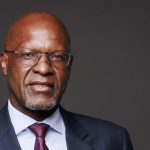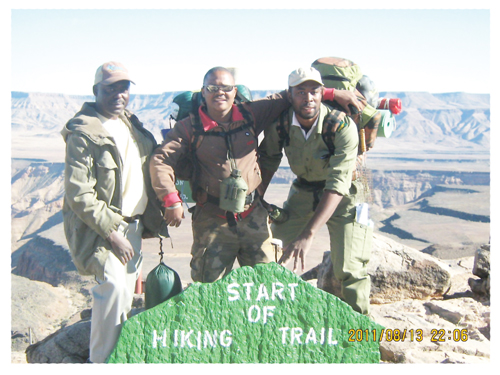
Tourist survey data in process
The Millennium Challenge Account (MCA) in collaboration with the Ministry of Environment and Tourism has finished the first round of the Tourist Exit Survey which requested tourist leaving the country to voluntarily provide information on their time spent in the country.
The questions range from the places visited, mode of transport, likes and dislikes as well as money spent. The first of three rounds of the survey ended on 15 June while rounds two and three will follow in October and January 2013.
“This survey will provide key up-to-date, reliable, and comprehensive information on foreign visitors. It will help inform the appropriate planning and management of tourism development in the country,” said project manager, Indongo Indongo in an interview with The Economist recently.
He said, in any survey of such an ambitious nature, challenges will be encountered. Some of these include ensuring the proper placement of survey signage for maximum visibility, consistent implementation of the survey’s sampling methodology across the various teams, limiting enumerator errors and some logistical challenges.
“All issues were mitigated at the outset with thorough planning and training, and in the early days of survey implementation additional challenges were immediately flagged and addressed. At the Noordoewer border post, the office is being renovated and as a result there was a mixing up of arriving and exiting tourists, as enumerators were not sure about who was entering and who was leaving the country,” he said.
Enumerator teams were conducting surveys at Hosea Kutako International Airport, Walvis Bay International Airport and at the border posts of Noordoewer, Wenela, Buitepost, Ariamsvlei and Oshikango.
According to Indongo, the best measure of success for any survey is the quality of the resultant data. He said the survey data has not yet been compiled and will not be completed until the final round.
He said, although they do not have all the data yet, there are several indications that the first survey was successful because the questionnaire was well-designed, with input from various stakeholders; anonymity was ensured; there was adequate oversight to ensure accurate data collection; the overall quality of enumeration was very good; the survey length was appropriate; and tourists were for the most part happy to participate.
Questionnaires could be filled in quickly and were in several languages such as German, English and local languages.
“We expect to have a full set of findings within a reasonable period of time after that. However, based on spot-checks of the completed forms, we can preliminarily say that most respondents seemed to be very happy with their Namibian experience and had good suggestions such as that Namibia should market itself more as a tourist destination in order to attract more visitors,” he added.









































